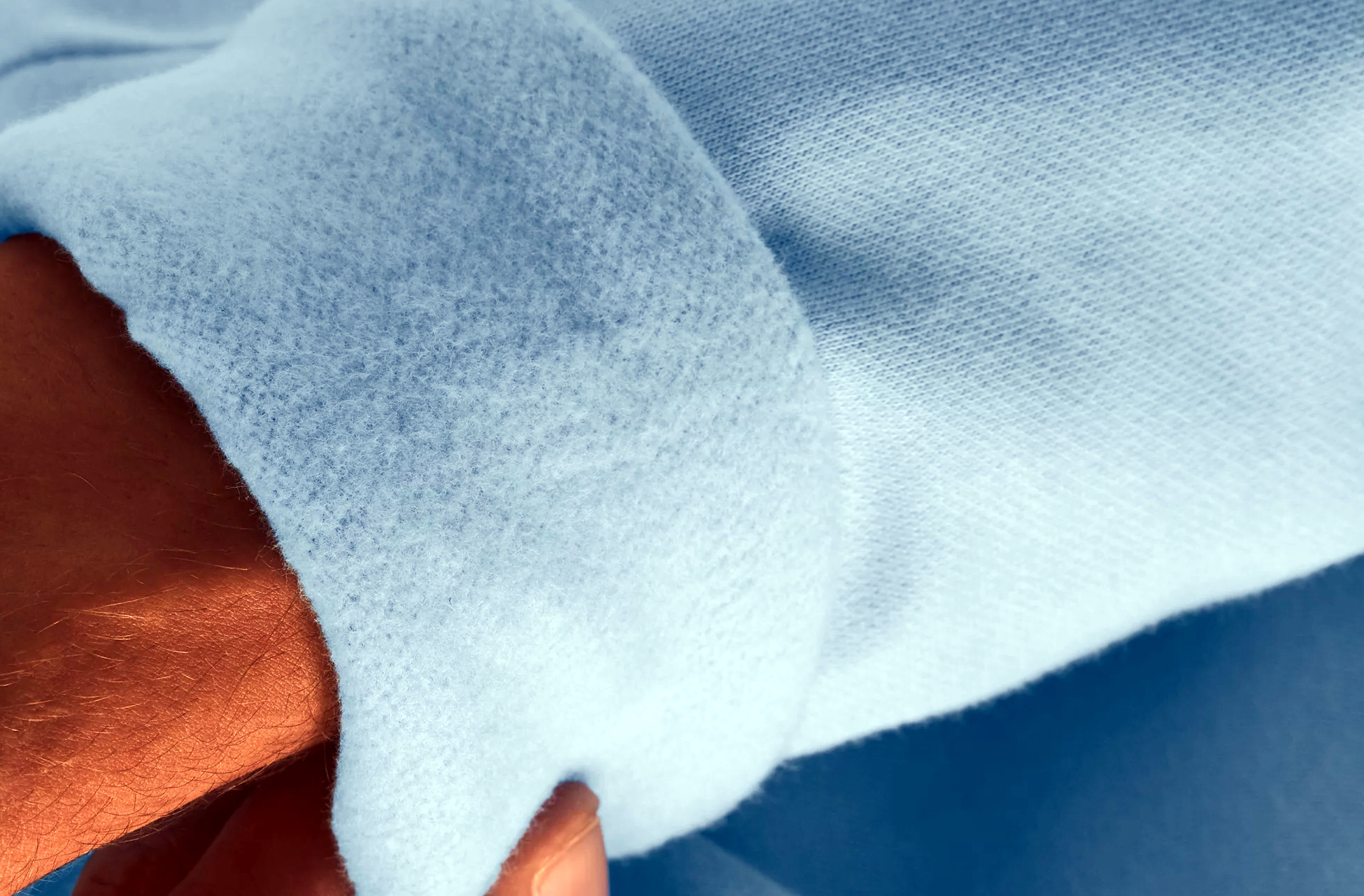Following years of research in its innovation lab, earlier this year sportswear
brand Under Armour announced a breakthrough fiber-shed test
method
to help address the invisible, but daunting sustainability threat microfibers
and
microplastics
pose to society and the planet. Now, the brand has teamed up with leading
precision-testing solutions supplier James Heal to
bring its award-winning test method to life.
Over the past eight months, the partners have developed and optimized fiber-shed
test kits for industry use that employ Under Armour’s simplified, repeatable
method. The resulting test kits are now available for purchase from James Heal.
As part of the partnership, the companies are receiving continued support and
technical guidance from testing service provider
Hohenstein — an internationally recognized
and acclaimed testing, research and certification leader with roots in the
textile sector.
As both synthetic and natural fabrics are produced, worn and cleaned, they shed
fibers at varying rates — but while microfibers from natural fabrics will
eventually degrade, synthetic microfibers from fabrics such as polyester
persist in the environment. The WWF
estimates that PET —
the material used to produce polyester — takes up to 450 years to decompose. In
the US, 85 percent of all
clothes
are landfilled or burned, resulting in hundreds of years of plastic pollution.
Laundering synthetic
fabrics
— which releases about 2.2 million
tons of microplastics into waterways
each year — is the largest
source
of microplastic pollution. Over a third of marine microplastic
pollution
comes from textiles alone, equivalent to more than 50 billion plastic bottles —
microplastics can now be found in the
air, rainwater, soil,
the ocean, and even in the
human
bloodstream.
And while new
innovations
are emerging that could help prevent further microplastic pollution, more
holistic solutions are years away from achieving the necessary scale.
By increasing access to their simplified fiber-shed testing method, Under Armour
and James Heal hope to make it easier for industry players to understand their
own contribution to the microfiber issue.
“Until now, integrating fiber-shed testing into industry research and
development activities has required a significant time and cost investment,”
said Kyle Blakely, SVP of
Innovation for Under Armour. “At Under Armour, we believe intervening early to
mitigate shedding is critical — which is why our test method is designed to
specifically address these time and cost barriers to entry. Thanks to our
partners at James Heal, we are excited to make our innovative test method widely
available as we address our own environmental impact.”
In addition to making the test method publicly available, Under Armour has
provided complimentary test kits to high-volume textile mills in its global
supply chain to encourage early intervention within its indirect scope.
“Sustainability is a team sport, and we are thrilled to make this innovative
measurement alternative widely available to the industry as we leverage it
across our own brand,” said Michael
Levine, VP & Chief
Sustainability Officer for Under Armour. “Under Armour’s sustainability
ambitions reflect our belief that what lies under our products matters. As we
progress toward our goal for 75 percent of products to be made of low-shed
materials by 2030, we will continue to pursue opportunities to magnify Under
Armour’s impact in the collective fight against shedding.”
 Synthetic fabrics such as fleece are a main contributor to microplastic pollution | Image credit: Under Armour
Synthetic fabrics such as fleece are a main contributor to microplastic pollution | Image credit: Under Armour
Through a new pilot program, Under Armour is developing a reduced-shed version
of its largest fleece offering that is expected to launch in Fall/Winter 2024.
As the company continues to support the redevelopment of fabrics to shed less,
UA aspires to improve product durability and performance to support athletes.
“Fiber-shedding in the textile industry is an extremely prevalent topic, and we
are as keen as any to support ways to reduce this,” said Sam
Tissington,
Commercial Director at James Heal. “We are proud to support Under Armour in
their attempts to further reduce the shedding of fiber throughout the
manufacturing process of textiles, and to show that support we are providing
global access to the Under Armour test method with the purchase of the Under
Armour-compiled Fiber-Shedding kits.”
To purchase a testing kit from James Heal, click
here. For more
information on Hohenstein’s fiber-shed testing services, click
here.
Get the latest insights, trends, and innovations to help position yourself at the forefront of sustainable business leadership—delivered straight to your inbox.
Sustainable Brands Staff
Published Dec 13, 2023 2pm EST / 11am PST / 7pm GMT / 8pm CET